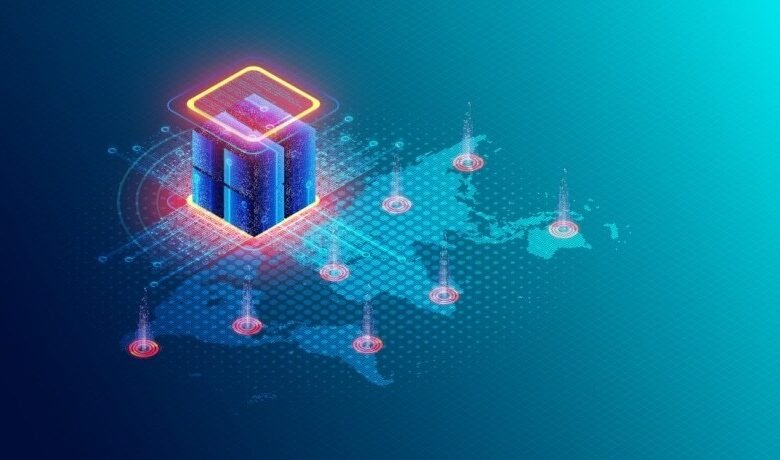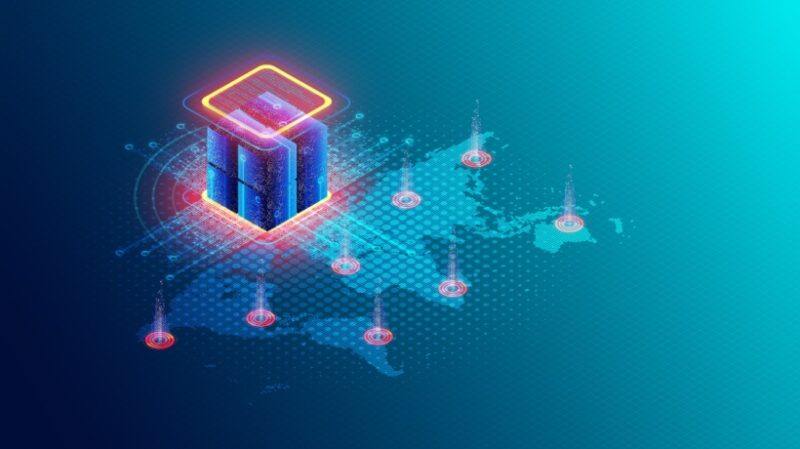Event-Driven Microservices Architecture And Compliance Training


An Event-Driven Microservices Architecture (EDMA)
Compliance learning has evolved from being a static, one-size-fits-all solution to a dynamic, personalized, and mission-critical process for organizations. As regulations become increasingly complex and industries face stricter enforcement, compliance training systems must adapt to deliver timely, accurate, and effective learning experiences. In this environment, traditional monolithic systems often fall short, as they struggle to handle the growing demand for scalability, flexibility, and integration with other enterprise platforms.
An event-driven microservices architecture (EDMA) emerges as a game-changing approach to address these challenges. By decoupling services and enabling real-time communication through event streams, this architecture provides a robust framework to build systems that are not only scalable and resilient but also responsive to the ever-changing needs of compliance learning.
Consider scenarios like a global compliance mandate requiring immediate training rollout across thousands of employees, or role-based personalization of content for diverse workforces. These tasks demand systems that can quickly process vast amounts of data, trigger necessary actions in real time, and provide actionable insights—all while maintaining auditability and integration with enterprise ecosystems.
Benefits Of Event-Driven Microservices Architecture
Scalability
Services can scale independently based on workload. For example, during annual compliance training rollouts, the notification service can scale to handle increased email traffic without affecting other components.
Flexibility And Decoupling
Services are loosely coupled, meaning updates to one service (e.g., the learner profile service) do not disrupt others. This modular design supports easier feature updates and system enhancements.
Real-Time Responsiveness
Events trigger immediate actions, ensuring timely updates. For instance, when a new regulation is published, employees can receive assignments within seconds.
Resilience
Fault tolerance is built into the architecture through features like retry queues and dead-letter queues. If a service fails to process an event, it does not impact the entire system.
Auditability And Transparency
Every event is logged, providing a detailed history of system actions. This is critical for compliance audits, where organizations must demonstrate adherence to training mandates.
Ease Of Integration
Event-driven systems can integrate seamlessly with external platforms, such as third-party Learning Management Systems (LMSs), HR tools, or analytics platforms.
Improved User Experience
Personalized learning journeys can be designed based on real-time data, enhancing learner engagement.
Drawbacks Of Event-Driven Microservices Architecture
Complexity
Managing and orchestrating multiple microservices can be challenging. Tools for monitoring, logging, and debugging must be robust to avoid operational bottlenecks.
Event Storms
Overloading the system with too many events can lead to performance degradation. Designing efficient event filtering and prioritization mechanisms is crucial.
Data Consistency
As services are decoupled, maintaining eventual consistency across services can complicate workflows. This can lead to temporary discrepancies in data (e.g., course assignments not reflecting immediately in dashboards).
Increased Development Effort
Developers must be well-versed in event-driven design principles, and additional tooling may be required.
Cost Implications
While scaling is efficient, running multiple independent services (and the supporting infrastructure) can increase operational costs.
Debugging And Testing
Tracing the flow of events across services can be challenging without proper tools, especially in large systems.
Real-World Use Cases In Compliance Learning
1. Regulatory Training Rollouts
Scenario
A new financial regulation requires all employees to complete specific training within 30 days.
-
- The regulation service emits a NewRegulationEvent.
- The learner service identifies affected employees.
- The course assignment service assigns the relevant course.
- The notification service sends reminders to learners.
-
- Faster rollout with automated assignments.
- Real-time updates ensure no employees are missed.
- Events logged for audit purposes.
2. Role-Based Training Personalization
Scenario
A company wants to deliver training specific to employees’ job roles and geographies.
-
- The HR integration service emits a RoleUpdatedEvent when an employee’s role changes.
- The learner profile service consumes the event and triggers updates to training assignments.
- Personalized notifications are sent by the notification service.
-
- Dynamic training adjustments.
- Higher engagement through relevant content delivery.
3. Third-Party Content Integration
Scenario
An organization integrates a third-party LMS for advanced training.
-
- The training content service emits a NewContentAddedEvent.
- The integration service syncs the content with the external LMS.
- The analytics service tracks learner progress and syncs it back to the main system.
-
- Smooth interoperability between platforms.
- Unified reporting across multiple systems.
4. Automated Reenrollments
Scenario
Compliance regulations require reenrollment for expired certifications.
-
- The certification service emits an ExpirationEvent when a certificate expires.
- The learner service identifies the individual and triggers reenrollment.
- The notification service sends reminders.
-
- Ensures ongoing compliance with minimal manual intervention.
- Automated workflows reduce administrative overhead.
Best Practices For Implementation
- Event granularity
Define events at the right level of granularity to avoid unnecessary complexity or event storms. - Monitoring and observability
Use tools to trace and visualize the flow of events across services. - Schema management
Use schema registries to manage event structures and ensure compatibility between producers and consumers. - Error handling
Implement retries and dead-letter queues to gracefully handle processing failures. - Security
Encrypt sensitive event payloads and implement strict access controls to prevent unauthorized access.
Conclusion
An event-driven microservices architecture is an ideal choice for compliance learning systems, offering the agility to adapt to evolving regulations and the scalability to support global training initiatives. While the architecture introduces some complexities, the benefits—such as decoupling, real-time responsiveness, and auditability—far outweigh the challenges when implemented correctly. By leveraging this architecture, organizations can not only meet compliance requirements but also deliver a superior learning experience, ensuring that employees stay informed, engaged, and ready to meet regulatory standards.
Source link





